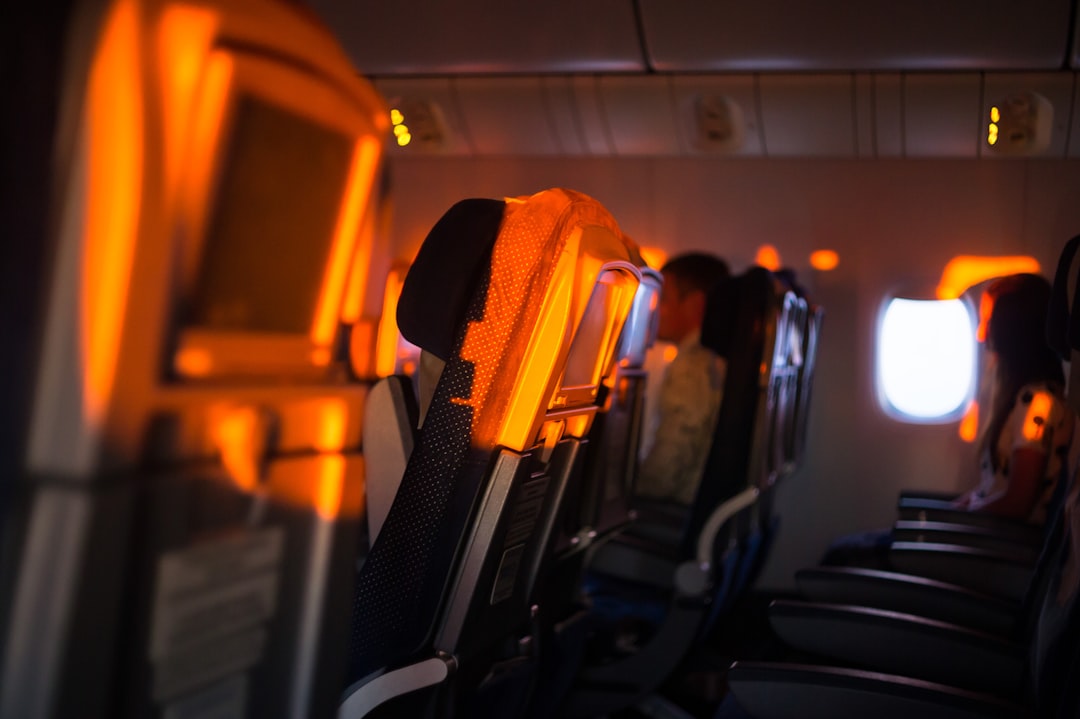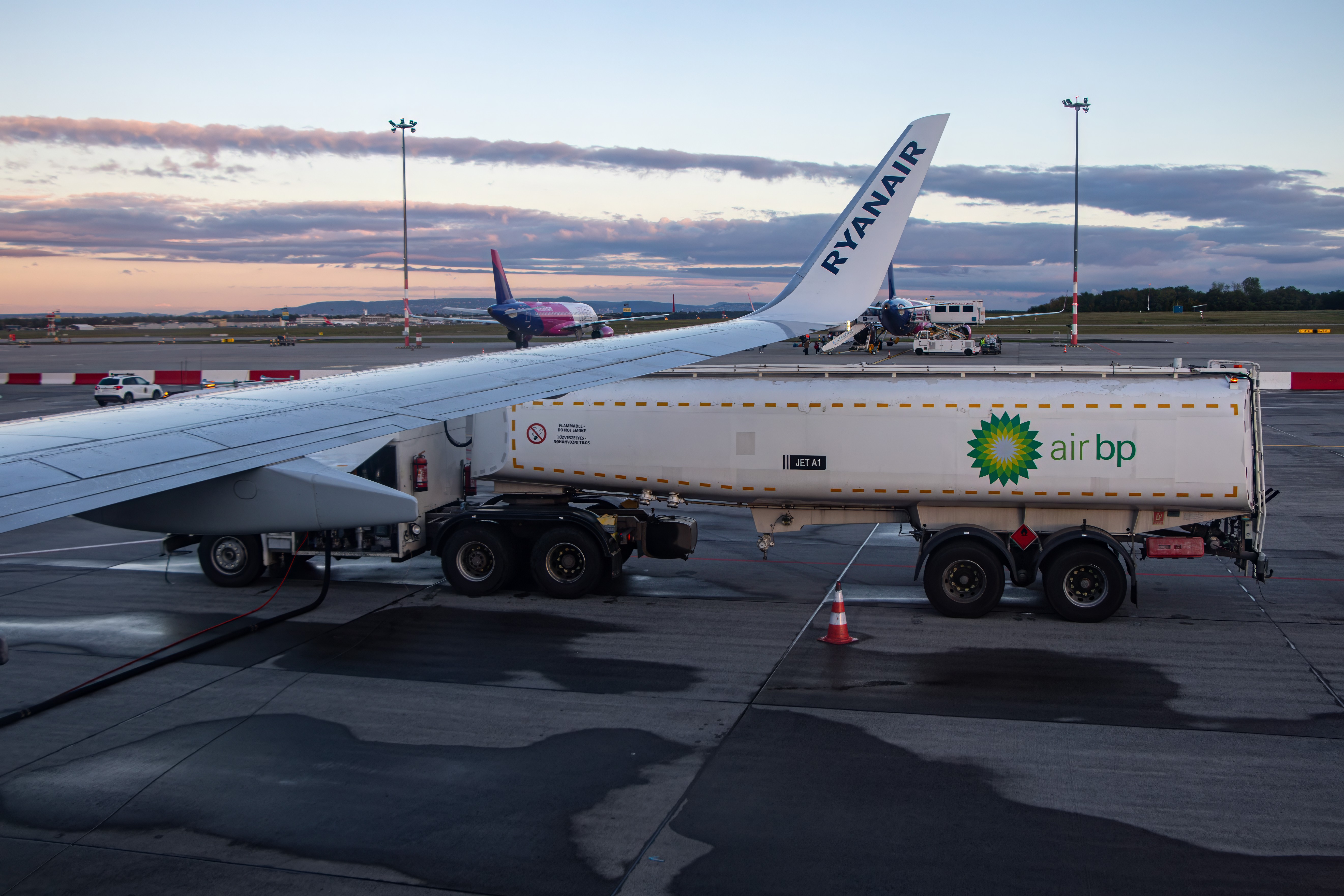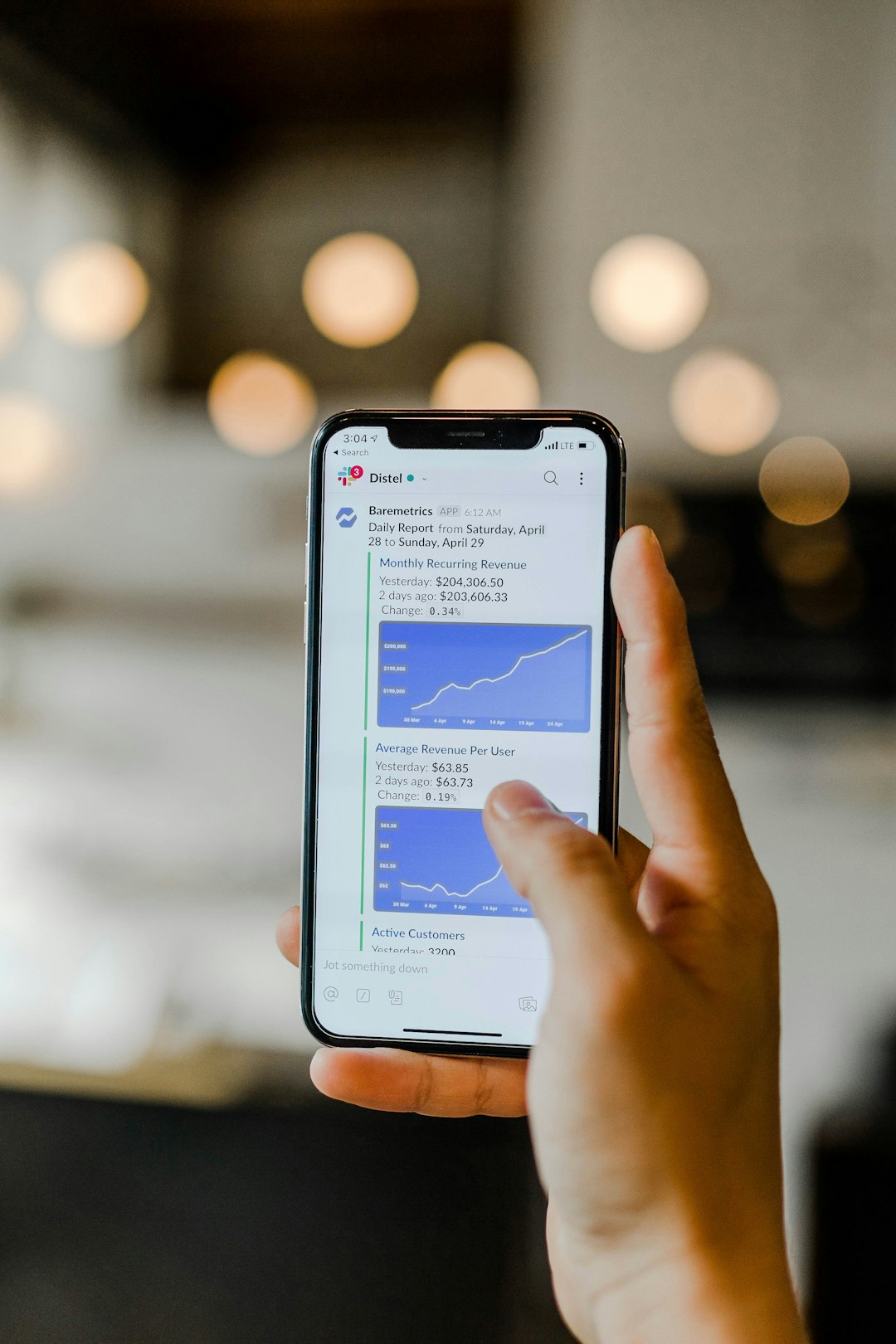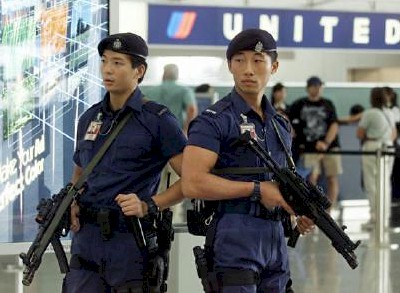1. Timing Is Everything: The Latest Data on When to Book

The question of when to book flights isn’t just a matter of guesswork—new research from Expedia’s 2024 Air Travel Hacks Report reveals that the best time to book a domestic flight is now typically 28–35 days before departure. This is a shift from the old advice of booking months in advance. According to Expedia, travelers who booked during this window saved an average of 18% compared to those who waited until the last minute. Meanwhile, for international flights, the sweet spot is about 60 days out, with savings averaging 20%. Industry experts like Kayak’s data analysts back these findings, noting that airfare volatility increases sharply within 21 days of departure. The days of the week also play a surprising role: Expedia’s report notes that Sunday remains the ideal day to book, with potential discounts of up to 6% over Friday. This updated advice is based on analyzing billions of flight data points from the past year, making it the most reliable guidance for 2024 travelers.
2. The Power of Flight Comparison Tools: What’s Working in 2025

In 2025, flight comparison platforms have truly leveled up. Google Flights, Skyscanner, and Hopper now analyze real-time data from over 1,200 airlines, giving users instant access to flash sales and exclusive deals. Hopper’s Price Freeze feature, for example, lets travelers lock in a fare for up to 21 days for a small fee—a boon in a market where prices can spike by 25% overnight. Skyscanner introduced a new “Everywhere” search, which saw a 42% jump in users in early 2024, helping spontaneous travelers pounce on unexpected bargains worldwide. Google Flights’ new AI-powered insights warn users when prices are likely to rise, reportedly saving frequent flyers $300 on average per year, according to the company’s internal data. These platforms also now offer price history graphs and alerts, making it easier than ever to spot a genuine deal versus a fleeting discount.
3. The Flexible Dates Advantage: How Shifting Your Schedule Pays Off

According to a 2024 study by CheapAir, travelers who allow even a two-day window on either end of their planned trip can save an average of 13% on domestic flights. The difference is even more dramatic on international routes, where flexibility can slash costs by up to 27%. This is because airlines use dynamic pricing models that respond to demand spikes around holidays, weekends, and special events. Google Flights reports that midweek departures (Tuesday and Wednesday) continue to be the cheapest, with Thursday and Sunday being the most expensive. A case study by Hopper found that a family shifting their vacation by just one day saved $480 on a roundtrip to Europe last summer. In 2025, with travel demand rebounding to pre-pandemic levels, flexible travelers are consistently rewarded with better deals.
4. The Impact of New Low-Cost Carriers and Route Expansions

2024 and early 2025 have seen a surge in new low-cost airlines and expanded routes, shaking up the airfare market. Airlines like PLAY (Iceland), Breeze Airways (U.S.), and Norse Atlantic have added dozens of new transatlantic and domestic routes, driving prices down by as much as 30% compared to legacy carriers. According to OAG’s Global Airline Schedules data from March 2024, North America saw a 12% increase in available seats year-over-year, with Europe close behind at 10%. This surge in competition has forced established airlines to match or beat the ultra-low fares on certain routes. For example, United Airlines’ new “FareLock” program matches budget fares on routes where it faces new entrants, according to a March 2024 press release. Travelers who watch for these new routes and carriers are finding the best bargains, especially on less-trafficked city pairs.
5. The Role of Airfare Prediction Algorithms

Artificial intelligence and big data are revolutionizing fare prediction. In 2024, Hopper’s AI-driven algorithms claim an 85% accuracy rate in predicting when to buy for the lowest price, based on historical trends and live data feeds. Google Flights’ “Price Guarantee” is now available on select U.S. routes, automatically refunding users if the fare drops after booking—a feature that’s already processed over $10 million in refunds since its 2024 launch. These tools analyze millions of price points daily, factoring in seasonality, demand spikes, and even weather patterns that may disrupt flights. As a result, travelers who rely on these AI tools saved an average of $120 per trip, according to a Hopper user survey published in January 2025. The combination of transparency and predictive power is helping travelers book with greater confidence and less regret.
6. Hidden City Ticketing and Its Risks in 2025

Hidden city ticketing—booking a flight with a layover in your intended destination—remains a controversial but sometimes cost-saving tactic. According to Skiplagged’s 2025 data, this strategy can save travelers up to 40% on certain routes. For example, a New York to Dallas ticket with a layover in Chicago was $180 cheaper than a direct New York-Chicago fare in March 2024. However, airlines are cracking down; United and American Airlines have both sued ticket-holders in the past year, with United suspending frequent flyer accounts for violations. The Department of Transportation has not ruled hidden city ticketing illegal, but travelers risk losing their return flights, checked bags, and loyalty points. This method can yield real savings, but the 2025 crackdown means travelers must weigh the risks more carefully than ever before.
7. The Rise of Flash Sales, Error Fares, and Limited-Time Offers

Airlines and OTAs (Online Travel Agencies) have ramped up flash sales and error fares in 2024–2025. Scott’s Cheap Flights, now rebranded as Going, reported a 33% increase in mistake fares compared to 2023. In February 2024, a Lufthansa error briefly allowed roundtrips from Boston to Rome for just $248—a deal that sold out in 47 minutes. Major carriers like Delta and Southwest are also experimenting with “pop-up” sales, announced exclusively via email or app notifications and lasting only a few hours. According to a Skyscanner report, 62% of travelers who booked during these events saved at least $150 on average. The best way to catch these deals is to sign up for alerts, follow airlines on social media, and check aggregator sites daily, as these opportunities disappear quickly.
8. Loyalty Programs and Credit Card Perks: Maximizing 2025 Benefits

Loyalty programs and co-branded credit cards are offering richer incentives in 2025 than ever before. Delta’s SkyMiles, for instance, added “Miles Boost Days,” allowing members to earn double miles on select routes each month. According to NerdWallet’s 2024 Travel Rewards Report, travelers who used airline credit cards for purchases earned an average of $320 in free flights annually. American Express and Chase Sapphire Reserve cardholders now receive up to $300 in annual travel credits, plus airport lounge access—a perk that’s grown in value as lounge entry fees have risen by 15% industry-wide. Many programs now offer “dynamic pricing,” making it easier to redeem miles for flights at lower thresholds. The key is to combine points, status perks, and flash sales for outsized savings—a tactic that savvy travelers are using to fly farther for less in 2025.
9. The Influence of Geo-Arbitrage in Booking Airfare

Geo-arbitrage—booking airfare from a different country or using VPNs to access foreign pricing—has become a major trend in 2024 and 2025. According to a Travel + Leisure report from January 2025, travelers booking from India or Mexico for U.S.-Europe flights found fares up to 28% cheaper than booking from the U.S. itself. Airlines use dynamic pricing based on location, currency, and local demand. VPN services like NordVPN and ExpressVPN saw a 40% increase in usage among travelers last year, as more people sought to exploit these geographic fare differences. However, some airlines may require proof of residency for certain fares, and credit card foreign transaction fees can eat into savings. Still, for flexible travelers, geo-arbitrage remains a powerful tool for unlocking global deals.
10. The Role of Social Media and Online Communities in Spotting Deals

In 2025, social media platforms and online communities have become essential for spotting airfare deals first. Twitter accounts like @TheFlightDeal and Facebook groups such as Secret Flying Deals post real-time alerts on price drops and mistake fares, often hours before they reach mainstream search engines. A 2024 survey by Going found that 68% of its most successful users learned about deals through Reddit threads or Telegram channels before anywhere else. TikTok travel influencers now regularly post “deal of the day” videos, with some amassing followings of over 1 million. According to a recent Skyscanner study, travelers who follow at least three deal-focused accounts saved an average of $170 more per trip than those who did not. Engaging with these communities has become a crucial step for anyone serious about finding the lowest fares in 2025.






